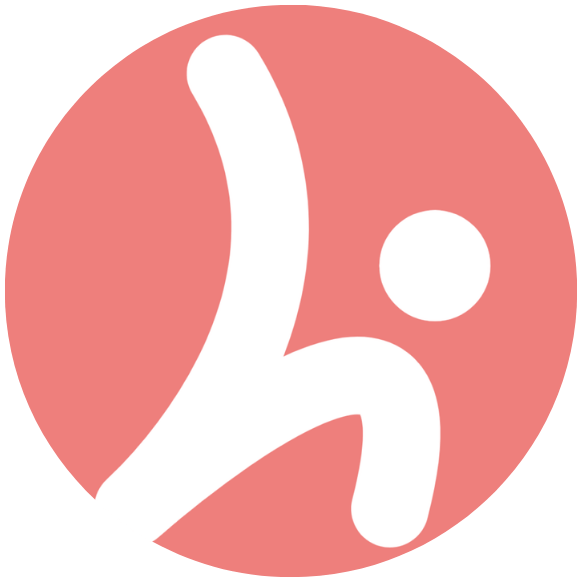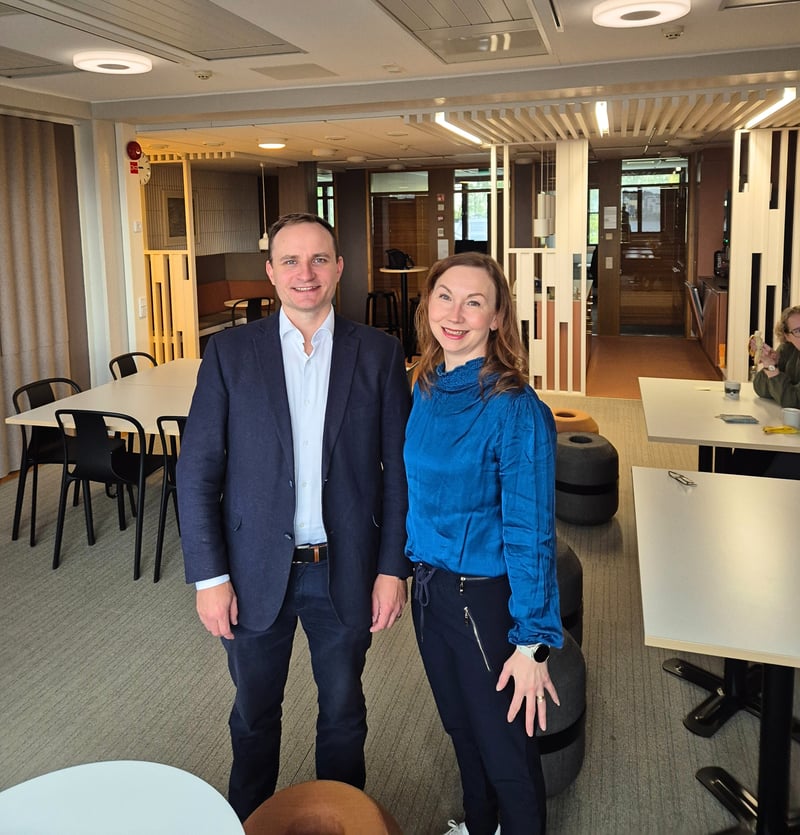University of Jyväskylä has a JYULead programme for all managers in the organisation. At one part of the programme, the workload of managers at the University of Jyväskylä will be assessed using the well-being survey offered by Firstbeat and Terveystalo.
- After the first measurement results, each manager will have an initial discussion with Terveystalo's occupational physiotherapist, says Niina Karstunen from the University of Jyväskylä.
Firstbeat heart rate monitoring can be used to identify work-related and daily stress, health risk factors, and personal resources.
- Local managers will have the opportunity to analyze the results in workshops during the programme, which will encompass topics such as stress, sleep, exercise, concrete changes that could be made in their daily lives based on the measurement results, says Niina.
- One of the most common realisations is that recovery from a day at work may not be just about a night's sleep, but about building recovery throughout the day. It is particularly eye-opening to see if there is any green in the workday to indicate recovery.
The recovery trend can also be monitored at the level of overall group results. The most important impact of coaching and personal recovery data comes when the manager's own understanding increases and the measures are put into practice.
- At the organisational level, what matters most is what has emerged in the teams since the coaching. Teams are now holding more walking meetings, taking collective breaks and encouraging team members to take breaks and manage their workload. The personal example of the team leader has a huge positive impact on well-being, says Niina.
Read more about the JYULead programme (in Finnish)
Measures have an immediate impact
Tarja Lepo, an occupational physiotherapist at Terveystalo, states that personal measurement data is an excellent tool for occupational physiotherapy, but above all, for organizations in terms of prevention and work planning. Unfortunately, individual-level measurement often only becomes relevant when the client is at risk of losing their ability to work.
- Measurements demonstrate how physical and mental well-being are interconnected. For example, back problems and other musculoskeletal issues are perceived as more significant when there is increased mental strain, poor sleep, and higher levels of stress than usual, Tarja adds.
In the past, organisations have carried out team-level monitoring analysis, for example in the form of management checks every four years, but these measurements have not provided optimal monitoring data to support changes in work environment, work load nor personal habits.
- In the past, we did not see the initial situation and the effects of the measures, but rather a general trend that gives an indication of how the organisation is doing - now the effects of the measures can be seen immediately, says Tarja.
Traditional occupational health indicators also do not always reliably detect overload conditions.
- There are examples where a person's lab results are normal, they seem to be fine and exercise a lot, but a month later they are diagnosed with a severe overload condition that requires a long period of sick leave, says Juho Tuppurainen from Firstbeat.
Personalised data encourages more autonomous decisions and changes and strengthens the learning process by allowing the client to monitor their results.
- After the first measurements, the parameters are seen, which can be used as a basis for changing the behavior that affects well-being, if necessary, says Tarja.
At the organizational level, more effective results can be achieved by involving more people in the measurement.
- The payoff would certainly be significant if, based on the measurement results, it were possible to reduce the mental and physical strain of work before it leads to sick leave. However, this is still somewhat in its infancy in many organizations. The University of Jyväskylä has been very innovative and proactive in this regard, she sums up.
- Measuring a larger group is often a cost issue for organizations, but the benefits in terms of reduced sick leave will ultimately outweigh the costs.
More data than ever available to support well-being management
"At Firstbeat, heart rate measurements have already been conducted with over 300,000 employees. With this volume of measurements, a comprehensive picture of well-being trends at work can be developed. The data indicates, for instance, that the increase in teleworking has reduced people's physical activity by approximately half an hour per day.
"The fitness tests also reveal that people's average fitness level is currently adequate for a typical working day of about six hours," he notes.
"It's no wonder that many organizations are discussing the wisdom of allowing employees to exercise during working hours. It enhances fitness, aids recovery, and helps manage stress and moments of uncertainty.
The theme of well-being at work will continue in the autumn with the InnoLive events organised by the Sport Finland network:
- Save the date & register InnoLive event in Lahti 18th of October 2023
- Save the date & register InnoLive event in Jyväskylä 25th of October 2023
Article photo: Firstbeat Technologies Oy



